ELECTRIC, WITH AN EDGE
A Single phase distribution transformer is used to change the voltage of single-phase AC power. Also, the input and output circuits in a transformer must be connected together as they use electromagnetic induction when transferring energy from one circuit to another.
Now, single-phase distribution transformers are necessary components in ensuring an efficient electric distribution. They are the end gateway that allows consumers to use the electricity for different industries. As you read on, you’ll discover every facet of single-phase distribution transformers.
Daelim is a company specialized in designing, engineering, and manufacturing top-tier electrical products and solutions. With over 15 of excellent reputation, our company is versed with different facets of the electrical industry. The brand works with competent experts and professionals that handle the operation, production, and installation of products.
| Input Voltage | 13.2v,34.5v |
| Output Voltage | 347v,600v |
| Input Voltage | 35kV, 34.5KV24.94KV13.8KV13.2KV11KV12.47KV |
| Output Voltage | 220V,380v,440V,480V,400V |
| Certification | ISO9001 |
| Material | Alumnium or copper winding |
| Cooling Method | ONAN ONAF OFAF |
| Warranty | 2 Years |
| Standard | IEC60076/AS/IEEE/ANSI/CSA |
| Core material | El Laminated Silicon Steel Sheet |
| Input Voltage | 37.5kv |
| Output Voltage | 380v,440V, 480V, 120-240V |
| Product name | single phase pole Mounted transformer |
| Input Voltage | 34.5kv |
| Warranty | 2 Years |
| Material | Copper |
| Color | Custom Made |
| Frequency | 50Hz/60Hz |
| MOQ | 6pcs |
| Capacity | 10KV |
| Standard | IEC ANSI IEEE |
| Certification | UL/IS09001/IS014001/RoHS/Reach |
daelim has an engineer team of more than 30 people and has been professionally designing and producing various styles of transformers for more than 15 years. High-quality transformers have earned us a great reputation in the North American market, and the second repurchase rate of customers has reached 90%. With a shelf life of more than two years, this is our confidence in our products and our guarantee to you. By choosing Daelim, you can even get installation services from the always-excellent North American team.
In addition, daelim also has a number of quality certificates, such as CSA, CS, DOE, ANSI, IEEE, etc. This gives you better market access after purchasing daelim’s transformers. Choose a daelim and you’ll get far more than a transformer.
At present, the distribution network mainly adopts the three-phase distribution transformer power supply mode. Still, because the power supply radius is too long, the end-user will appear to have a low voltage phenomenon.
And due to a large number of power supply users, once a failure occurs, it will significantly impact the reliability of power supply in densely populated residential areas, especially in summer and winter.
Three-phase distribution transformers also have the problem of generating noise during operation in residential areas.
To solve the above problems, a single-phase transformer or Single phase pad-mounted transformer (from now on referred to as Single-phase padmount transformer) for power supply in residential areas is proposed.
In recent years, the application of Single phase pad mount transformer power supply in residential areas, especially residential quarters, has attracted more attention.
This is an electrical device that receives single-phase AC power as well as outputs single-phase AC. A single-phase transformer is utilized as a step-down transformer to reduce the home voltage to an acceptable value without frequency change. It consists of a magnetic iron core, functioning as a magnetic component, and a copper winding, which serves as an electrical part.
A single-phase transformer is a kind of power transformer that uses a single-phase alternating current. It indicates that the transformer banks on a voltage cycle that works in a phase of a unified process. They are usually utilized to decelerate long distances along with localized transmission currents within power levels. These are more appropriate for residential as well as light-commercial applications.
A single-phase transformer works according to Faraday’s principle of electromagnetic induction. Fundamentally, the mutual induction of two or more windings enables an electrical transformer to create transformation action. Based on Faraday’s law, the extent flux change of connection when it comes to time is correspondent to the established EMF in a coil.
Once the primary winding has been linked to a single-phase supply, an AC will begin passing through it. The primary AC current then generates an alternating flux in the core, joining the secondary winding. The varying flux will start triggering electricity into the secondary winding.
Both the primary winding and secondary winding is generally made up of insulated copper wire. Iron core needs to be separated, because of its substantial receptiveness. Industrial regulations and utility firms regulate the maximum voltage that applies to a single-phase transformer.
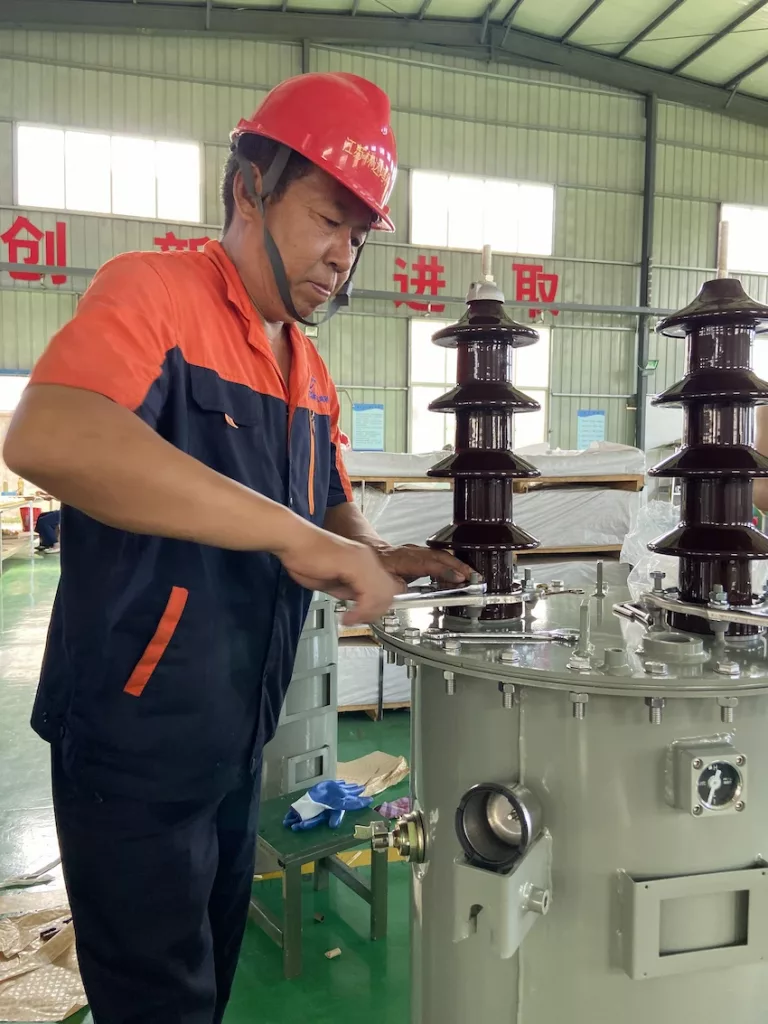
A single-phase transformer can connect into either series or parallel arrangements. A good example is the distribution transformer. It is generally coiled with secondary or windings with a low voltage that can be connected in parallel or series. The obtainability of primary voltages, including the fundamentals of the load, decides how a single-phase transformer gets wired.
Essentially, transformers are considered AC devices with no fixed polarity, contrary to a DC source. However, they have comparative polarity markings that should be observed when joining them together in various arrangements.
Normally, single-phase transformer leads are built from the transformer’s steel casing straight from insulating bushings. All kinds of transformers have H and X terminals. H terminals usually have high voltage while X terminals have low voltage.
Single Phase Distribution Transformers are commonly used on residential and commercial circuits. It is the most common type of AC electrical power that provides energy to buildings, industries, and other facilities.
Again, single-phase systems aren’t as efficient or powerful as 3-phase systems. Still, it is easier to require only a transformer and a service panel with a disconnect switch.
In the same way, single-phase distributors have excellent high current capabilities, making them ideal for lighting loads such as chandeliers and fluorescent light bulbs. Manufacturers specify the input capacity of these in kVA (kilovolt amp) or MVA (Mega Volt-Amp).transformers
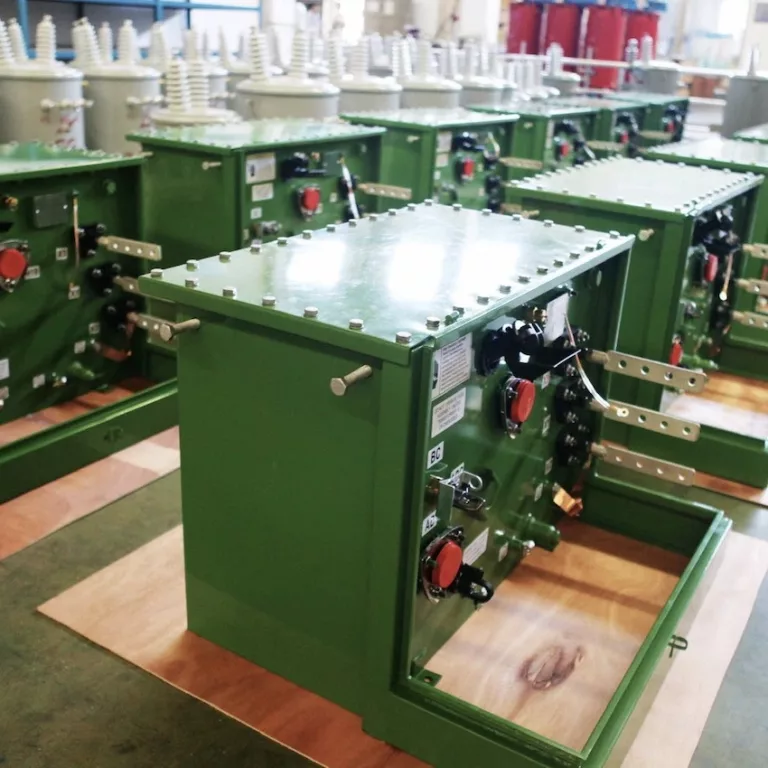
Electromagnetic induction handles the power of a transformer. This transformation uses mutual induction between primary and secondary windings to create energy from an alternating current source. The Single Phase Transformer has many advantages over 3-phase transformers:
A variety of transformer designs exist, which makes them ideal in different applications. You must get an idea as soon as possible about what your requirements will be. Doing so will enable you to find one suitable enough without wasting time or money. Here are a few of the features to check in selecting your single-phase distribution transformers:
In a transformer, the ratio between primary and secondary coils determines voltage increase or decrease after routing through it. Some transformers have an adjustable turn ratio while others maintain 1:1 (or near-to) to isolate circuits simply. Other transformers use a single coil with power being transmitted by tapping at an intermediate point on that coil.
What’s more, transformers use single windings to increase voltage, and dual-winding transformers can decrease or raise the voltage. Multiple winding configurations come in two variations. A 2+2 decreases output current but increases potential power. While 4+4 and 8+8 outputs maintain a 1% ratio of input secondary voltages with increased output currents.
There are plenty of cooling methods employed to ensure a transformer’s efficiency. Below are the popular methods dated in manufacturing.
Oil-filled transformers that power your homes and businesses rely on a strong dielectric liquid to keep the transformer from overheating. Mineral oils, synthetic esters, or silicone fluids have replaced PCBs in applications over the last few decades.
Because they are better suited for this task than traditional petroleum distillates. It depends on their application; these materials may use radiators, filters, fans pumps, and heat exchangers.
The coolant fluid of PCB-filled transformers expires after a certain period, so other cooling methods replace the aging equipment. In addition, the chemical has been identified as carcinogenic for more than 50 years, and many are no longer used today. Yet, some users may seek out less regulated markets where regulations are not enforced or followed.
Transformers that use water to cool components are submerged in oil. Afterward, cooling water runs through copper pipes below the surface of the oil, improving circulation and heat exchange. Another method is to pump heated oil out of the transformer with tubes doused with cold-water sprinklers sprinkled on them for additional cooling power.
The principle of convection cools the windings of an air-cooled transformer. Ventilated enclosures and blowers or fans supplement some of these designs. However, unlike other transformers, this one does not have a core that can regulate its temperature.
Encapsulated transformers are a great solution for tight spaces. They use an extra special dielectric that seals out contaminants.
The magnetic core in transformers increases the magnetic flux. It also concentrates it to connect both coils, which makes a more efficient process. Below are the typical core type available in the market:
Transformers use induction, and manufacturers make them from various materials, such as steel or plastic laminated sheets. The material used will affect how much magnetic flux enters the core during operation. To add to it, this can then cause current leakage due to eddy currents if not properly designed with alternating layers. Thus, this design minimizes magnetizing current.
Manufacturers construct this core with a hinge and lock to make it easy for installers and engineers. The cores can be installed on the conductor in situ, making them more efficient at monitoring currents.
This design helps to reduce the chance of electromagnetic interference by minimizing leakage flux from a transformer.
You should choose a transformer installation based on size and weight. Some smaller transformers can weigh as little as 50 pounds. However, they may not provide enough power for larger homes or apartments. Thus, a bigger one will be ideal instead.
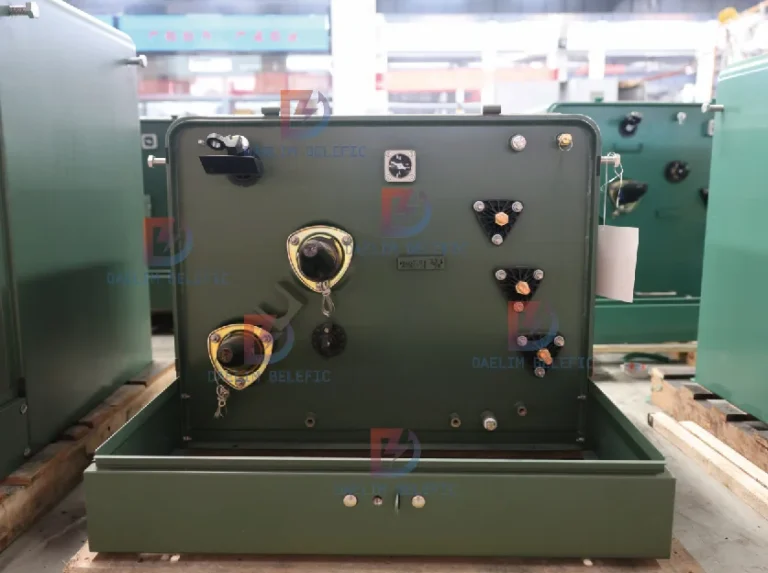
A single-phase transformer undergoes two important tests to ensure it will work properly to avoid disruption on the entire distribution system. These are the open-circuit test and the close circuit test. The test aims to ensure the proper distribution of electrical energy is made. The tests also determine the transformer’s equivalent circuit, voltage regulations, and efficiency.
The open-circuit test’s main goal is to convey a considerable massive no load current for suitable reading. The value of the power factor in a single-phase transformer is insufficient. As a result, the wattmeter used must be able to display precise readings on simple power factors while conducting the open-circuit test on a single-phase transformer.
Moreover, it necessitates only a low voltage supply that is readily accessible and secure to conduct the test. It’s important not to touch the high voltage winding while doing the open-circuit test. Touching it may result in a severe electric shock.
The short circuit or closed-circuit test determines copper losses in a single-phase Distribution Transformer at full load. Likewise, it is used to acquire the range to maximize the transformer’s corresponding circuit. It indicates impedance, equivalent resistance, and leakage reactance.
The test on the single-phase transformer is conducted on the secondary or high voltage winding. The wattmeter, ammeter, and voltmeter are measuring instruments joined to the high voltage winding of the transformer. The primary winding is short-circuited using a thick strip or ammeter connected to its terminal.
The low voltage source is connected throughout the transformer’s secondary winding. It’s because the full load current surges from the single-phase transformer’s primary and secondary winding. The connected ammeter measures the full load current.
The power necessary for both open and short-circuit tests on a single-phase transformer is equivalent to the power loss resulting in the transformer. If the single-phase transformer doesn’t work correspondingly, the whole distribution system might get damaged and no electrical energy will be transferred. The electrical circuit may also get busted because of electrical damage, winding deformity, thermal change, and mechanical failures.
This test verifies and confirms the transformer’s functional performance and is conducted in a production lot. It doesn’t include all tests but not the vacuum and temperature rise tests
Type tests verify if the transformer is developed according to the customer’s expectations as well as design specifications. It includes testing the measurement of the transformer’s different specifications.
This test helps provide applicable information to the user and is performed during the operation and maintenance of the electrical device. It includes dielectric tests and measuring harmonics of the no-load current.
Pre-commissioning tests are conducted prior to the order or clearance of the transformers at the site. It checks the installation process and analyzes the results.
This test enhances the performance and checks the transformer’s condition periodically if it satisfies customer requirements. Moreover, it helps determine the defects during the early stages through monitoring the transformer’s periodical performance.
Emergency tests are generally made at the site to check any issues or damages on the transformer during the operation. For instance, high-temperature measurement even if the ventilators are working efficiently. This also involves windings resistance measurement and oil analysis used in cooling the transformer.
For Single Phase Distribution Transformer, linear and bushing types operate on the same principle but have different designs.
Single-phase Distribution Transformer can convert voltage from a utility source for distribution or transmission systems. They provide an efficient way of transforming voltage levels while minimizing losses in the form of heat.
More so, power line systems also use single-phase transformers designed for 3/0 KV voltage service. These large utility-sized single-phase transformers are usually mounted directly beneath the lines due to their high conductor weight. This type may utilize smaller capacity models ranging from 1 kVA through several megawatts depending on load requirements.
The professionals categorized transformers on their conversion function. There are two distinct types of transformers which are the following:
When the secondary voltage is stepped up, it creates a larger output than that of the primary. You can do this by increasing the coils in each group to provide an increased magnitude for power transmission. Likewise, a step-up transformer is a connection device from generators and grids to increase the ratio between input and output voltages.
Power suppliers use single-phase transformers to step down voltage levels of single-phase AC electrical energy. They use a standard power connector configuration.
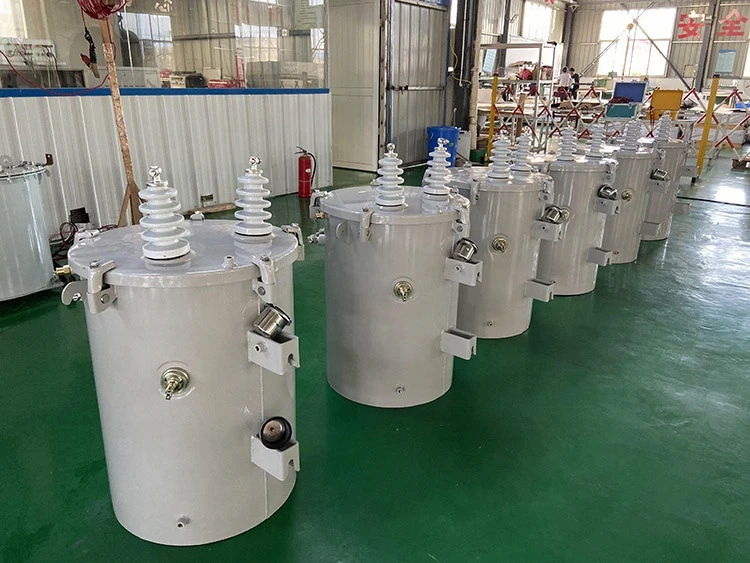
Transformers are essential in power systems to raise and lower voltage levels as needed. This helps improve the safety of a system, which is important for businesses that use large amounts of electricity daily or even those who simply fear outages due to storms. Also, they are important for residential and industrial applications in utilizing electricity.
Transformers are primarily and significant in distributing and regulating power across long distances. More so, reduce or increase voltages that may be too powerful for use, preventing damage to household appliances.
Single-phase distribution transformers also allow greater electrical flexibility among users who can utilize varying voltages with single-phase devices.
n a step-down single-phase transformer, the main voltage surpasses the secondary voltage. Its objective is to reduce the voltage result from the main coil to the second coil.
Below are the steps on exactly how to wire a single phase transformer:
First, familiarize yourself with the schematic and ranking of the single-phase transformer that requires to be fixed. If the transformer has a high amperage, get rid of the cover of the incurable link box. Next, turn off the electric power to the circuit and ensure that both sides of the security are switched off.
Step 2. Identify which termination the single-phase transformer selects. Terminations include H1, H2, H3, and H4, indicating the high voltage side. At the same time, X1, X2, X3, and X4 signifies the transformer’s low voltage side. Even if the affiliation of the transformer differs according to the supplier and input voltage, the discontinuation remains precise despite the transformer’s dimension.
Attach the input cords and trim them according to the lug, thinking about the amount of cord that fits in the crimping area.
Tip 4. Sign up with the external insulating cover. This will certainly allow the existing to go through the cable. Later, infuse the cable lug throughout the stripped copper cord. Kink the connection gadget to the cable permanently.
Tip 5. Terminate the single-phase transformer’s high voltage side very carefully. Follow any treatments the supplier may have detailed.
In Step 6, follow the producer’s directions to link the low-voltage side of the single-phase transformer. Guarantee to stick to the defined arrangement. For little control transformers, you will find 2 terminals – X1 and X2. X1 is the line side, and X2 is the ground side for reduced voltage.
Step 7 entails linking the control transformer for both X1 and X2. The X1 terminal is connected to the control circuit using a fuse and the X2 terminal is connected to the control circuit’s neutral side for basing defense. It is necessary to guarantee that the X2 terminal is effectively linked to the circuit’s grounding system.
Step 8: Adjust the single-phase transformer’s shield and any type of obstructive elements to ensure efficient existing flow. Turn on the feeder power circuit to use the high voltage to the transformer, then turn on the safety and security circuit on the low side.
Tip 9. Check for voltage on the single-phase transformer. The objective is to make sure that the voltage is what’s precisely on the manufacturer’s listing.
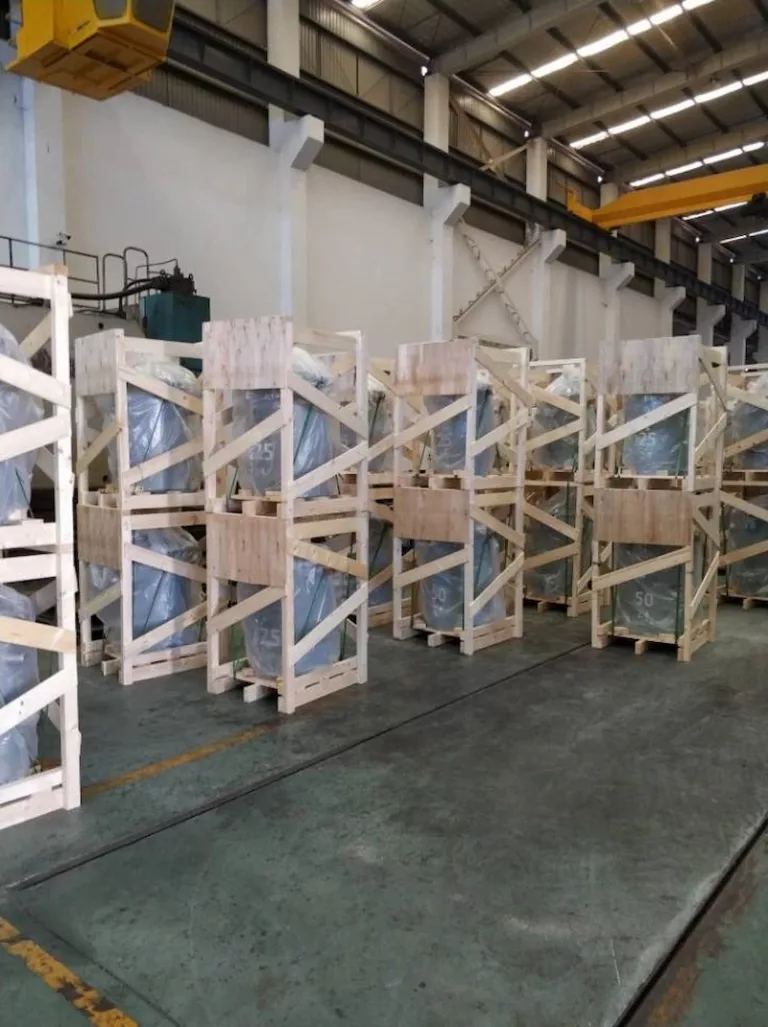
Single-phase transformers are typically used in low voltage applications. This electric gadget is mainly adapted to decrease the voltage of a 220 volts supply. It can also be utilized in tv for voltage law, stepping down localized power circulation, reducing the voltage on digital devices, and much more.
A single-phase transformer makes use of high-voltage line as its input and has two windings, main and additional, for altering the voltage. In contrast, a three-phase transformer makes use of three windings – wye, mesh, and zigzag – which are arranged in a particular order to correspond with the inbound voltage and maintain the right polarity and phasing.
A single-phase Distribution Transformer generates a minimal quantity of electrical power for supporting homes and non-industrial services. A three-phase transformer greater quantity of energy adequate enough that can support power grids and aircraft to name a few. It can additionally support various other electronic tons higher than 1,000 watts.
One essential distinction between a single-phase and a three-phase transformer is the uniformity in power supply. While a single-phase transformer does not have the capability to give steady power, a three-phase transformer masters supplying electrical energy at a regular and consistent pace.
When it concerns effectiveness, a three-phase transformer is better than a single-phase transformer. It can supply three-fold of power making use of less conductor product to provide an enough quantity of electrical power.
Additionally, a single-phase transformer can’t begin by itself and requires outside tools. A three-phase transformer can begin on its own without the need for external devices. At the same time, it can shift the courses of two conductors.
A three-phase transformer can deliver up to 415 volts, while a single-phase transformer is restricted to 230 volts.
Single-phase transformers are usually adequate for property homes, as they require a reduced power supply. These transformers are suitable for powering smart phones and little home appliances that do not require a huge quantity of electrical power. In contrast, industrial and commercial establishments usually require more power and larger digital loads, making three-phase transformers better suited for their demands.
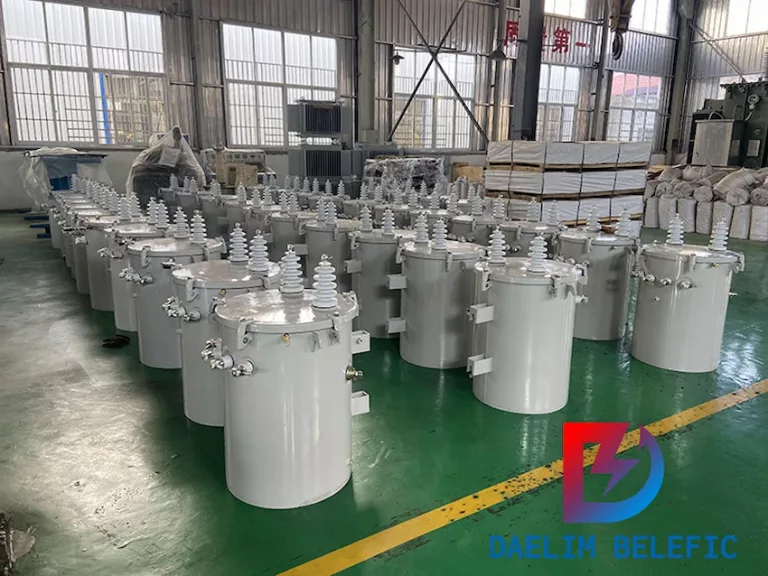
The majority of home devices need only a little amount of power to function. This is why a majority of domestic homes favor a single-phase transformer to complete it. A single-phase transformer can supply power to heaters, refrigerators, lights, televisions, and fans to function successfully.
The construction and functioning of a single-phase transformer are uncomplicated and common. It is little and light in weight, causing reduced present flow at greater voltage levels.
The reduction in I2R results in a lower current, which subsequently makes sure that the system operates at a regular level with enhanced efficient transmission, thanks to the single-phase transformer
A single-phase transformer can be maximized with fractional or reduced horsepower devices approximately 5 horse power. It can be made use of to give low voltages and high currents. Additionally, it can provide the wanted output with approximately 99% efficiency without way too much power loss.
A single-phase transformer transfers electric power from one circuit to one more circuit utilizing the communication of the windings called mutual induction. It operates based on electromagnetic induction and contains key and additional windings to boost or lower the voltage degrees in the circuit.
Evaluating a single-phase transformer has a crucial duty in the superb efficiency of the electric gadget. It’s significant to carry out tests to prevent failings as it verifies specs and proper operating
Choosing a single-phase distribution transformer is a challenging job. It’s crucial to ensure that you’re choosing the appropriate one for your demands and done with just fundamental knowledge and understanding of what these transformers are all about!
Choosing a top notch item is equally vital as selecting the ideal item, and expense must never ever endanger quality.
Daelim supplies the very best of both globes, combining first-class top quality with price. Their transformers are renowned for their remarkable performance, while their cost-effectiveness makes them a sensible choice for customers. Consequently, Daelim has developed itself as one of one of the most reliable electric companies worldwide, so you can trust that their items or solutions will certainly meet your needs.
Solitary pole change embraces wound iron core technology, which can significantly minimize no-load and lots loss. It has a basic framework, tiny size, lightweight, reduced noise, convenient and flexible setup, and is preferable for the power supply mode of “little capacity and dense points.”
The power supply span of the low-voltage line is substantially shortened, which not just improves the voltage top quality boosts the dependability of the power supply yet also lessens the low-voltage loss and has significant benefits in power conserving and loss reduction.
The quality of single-pole transformer items is constantly improving, providing countless advantages in regards to economy and modern technology.
1) The pole-mounted single-phase transformers and overhead 10 kV circulation poles mounted in residential quarters posture hidden dangers to the personal safety and security of residents.
2) The boost in floor space will certainly impact vehicle parking, greening, and other activities in the house.
35kV Class 16 MVA Dry Type Transformer, Get The Best Quote Now!
The single-phase pad-mounted transformer not just has mostly all the advantages of the single-pole transformer however also supplies the possibility to address the constraint of the application range of the single-pole transformer.
At the same time, it offers fresh ideas for building different power centers in emerging houses to abide by energy-efficient and eco-friendly requirements. This has been popular by power energies, regional authorities, building programmers, home monitoring groups, and occupants.
Electric Arc Furnace Transformer, Get The Best Price Now
到这
Choosing a single-phase distribution transformer is a difficult task. It’s crucial to make sure that you’re picking the ideal one for your requirements and made with just basic knowledge and understanding of what these transformers are all about!
You believe that price should not compromise the quality of the product. That’s why an outstanding one is equally as vital as picking the correct product itself.
Daelim uses the most effective of both worlds, combining first-class performance with price. Their transformer brand name excels in quality while keeping cost-effectiveness, satisfying consumers’ requirements and earning a reputation as one of the most trusted electric companies worldwide. Because of this, Daelim is the ideal choice for all your electrical demands and remedies.
37.5 KVA Transformer ,Get The Best Price Now
In addition to the main advantages of single-pole transformer power conserving, the single-phase padmount transformer additionally has the adhering to characteristics.
A power plant includes a single-phase padmount transformer with the design D12-M · R-80/ 10, with measurements of 0.68 m in size, 0.755 m in width, and 1.285 m in elevation. In addition, there is a single-phase padmount transformer version ZGD11-H-80/ 10 with dimensions of 1.23 m in size, 1.11 m in width, and 1.17 m in height.
If the single stage padmount transformer is decorated with aesthetic touches that align with the area’s total style and greenery, it can be installed at the entry of houses or within environment-friendly spaces, blending effortlessly with its surroundings.
Mean the sound and resonance satisfy the requirements and various other fire protection demands due to the fact that it inhabits a little space. In that instance, it can additionally be placed in buildings, such as the bicycle garage on the ground floor, under the staircases, etc, just require to consider fire protection, safety seclusion, and warning procedures; this not just lowers the land profession but additionally has a considerable result on the beautification of the general atmosphere of the residential area.
25 KVA Transformer ,Get The Best Price Now
The solitary stage padmount transformer takes on the innovative international R-type injury iron core technology, and the noise is very reduced (less than 45 dB) also under full lots.
Totally sealed and totally protected framework, utilizing high ignition factor oil (R-TEMP oil, ignition point up to 312 ℃), no fire threat, definitely safe to utilize.
The single-phase pad-mounted transformer flaunts an impressive capability to deal with overloads, with a capability to sustain approximately twice the rated tons for 2 hours, and equalize to 1.6 times the excess load for 7 hours without endangering its life-span.
3) The function is reasonable and excellent, the circuitry technique is flexible, and the maintenance or replacement is convenient.
According to the power supply requirements of various neighborhoods, it can be used for the ring network and the incurable. The conversion is convenient, the reliability of the power supply is greatly improved, and the impact of a solitary device failure is negligible.
The single-phase padmount transformer uses a convenient and reliable option for troubleshooting and substitute, as it does not require placement on poles or benches. Its light-weight layout gets rid of the demand for big building and construction equipment, making the process quicker and a lot more straightforward. Because of this, repair service time is significantly minimized, allowing for a much faster go back to typical operations.
Different power supply techniques for Single-phase padmount transformers are offered to satisfy the dependability needs of power supply in numerous suburbs and the demands of customers.
The power supply system contains a power circulation terminal, an outdoor ring network cabinet, a high voltage wire branch box, and a single-phase padmount transformer linked in a chain arrangement.
This power supply approach provides the advantage of having 2 power supplies for each and every single-phase padmount transformer, leading to a high level of power supply dependability.
But the negative aspect is that the length of the high-voltage wire is long, the investment is slightly higher, the procedure setting is somewhat made complex, and the interlocking problem in between the two power sources needs to be fixed.
This single stage pad install transformer power supply method appropriates for the solitary stage padmount transformer to supply power to customers with double power supply needs.
The community’s power supply system operates a single-phase voltage, with two single-core or twin-core wires connected to stages A, B, B, C, C, and A, respectively. This arrangement enables reliable distribution of power through making use of 2 T-shaped bushings in the transformer box.
The curved cable television plug, developed for the ring supply connection, functions as a four-way link factor. It is linked to the incoming line, loop line, outward bound line, and arrester position. A two-position low-voltage tons button is positioned on the outbound line for connecting or disconnecting the device.
The load is lugged by the single-phase padmount transformer, or change the two-position load switch with the elbow-type cable television plug plus double fuse defense, and plug and disconnect directly.
2) Power distribution terminal or ring network cabinet, high-voltage cable television branch box, and ring network kind or terminal kind Single phase padmount transformer with two-position low-voltage lots button develop a trunk-type power supply mode.
The attribute of this power supply setting is that the power circulation terminal or the ring network cabinet outputs a single-channel power supply to the high-voltage cable branch box. A, B phase, B, C stage, C, A degree, the outward bound circuit is managed within six training courses, each course does not go beyond 3 single-phase padmount transformers, and the overall variety of single-phase padmount transformers for each and every branch-box does not surpass 18 devices;
The initial two Single-phase padmount transformers in each outbound line are ring network type, and the last one is incurable kind.
The benefit of this approach is that it can be linked in series with the three closest pad mounted transformers to conserve the financial investment of high-voltage cable televisions;
The negative aspect is that the dependability of only one power supply is lower than that of the chain power supply, which appropriates for users that just need a solitary power supply.
The radial power supply mode is developed by integrating the power circulation terminal, outdoor ring network closet, and either ring network kind or incurable kind single-phase padmount transformer with dual fuse defense (without lots switch).
The quality of this power supply mode is that the power distribution station outputs one primary and one back-up two-way power supply to the exterior ring network cabinet. After that the outside ring network cupboard (not the high-voltage cord branch box) mosts likely to the Single-phase padmount transformer.
Broadened to double wire terminals (2 A-phase, B-phase, C-phase specifically), split into 3 single-phase outward bound lines (A, B-phase, B, C-phase, C, A-phase), each outgoing line in the front Two are single-phase padmount transformers of ring network type. The last is incurable kind, without more than 3 units per channel.
The advantage of this technique is that it can be linked in collection with the three boxes closest to the real range on-site, which saves the investment of high-voltage cables;
At the same time, due to the fact that the user’s outer ring central unit has a two-way power supply, it has the advantages of both power mentioned above supply modes: chain type and trunk kind: the dependability of the power supply is higher than that of the trunk type power supply, and the investment is lower than that of the chain power supply;
The main ring unit has a downside where it only operates in one key setting and one standby mode for power supply, causing a quick power-off duration.
This technique is most suitable for property quarters with multi-story structures: such as houses developed and constructed in areas, demolition and resettlement locations, and so on.
ELECTRIC, WITH AN ENGE-- DAELIM BELEFIC